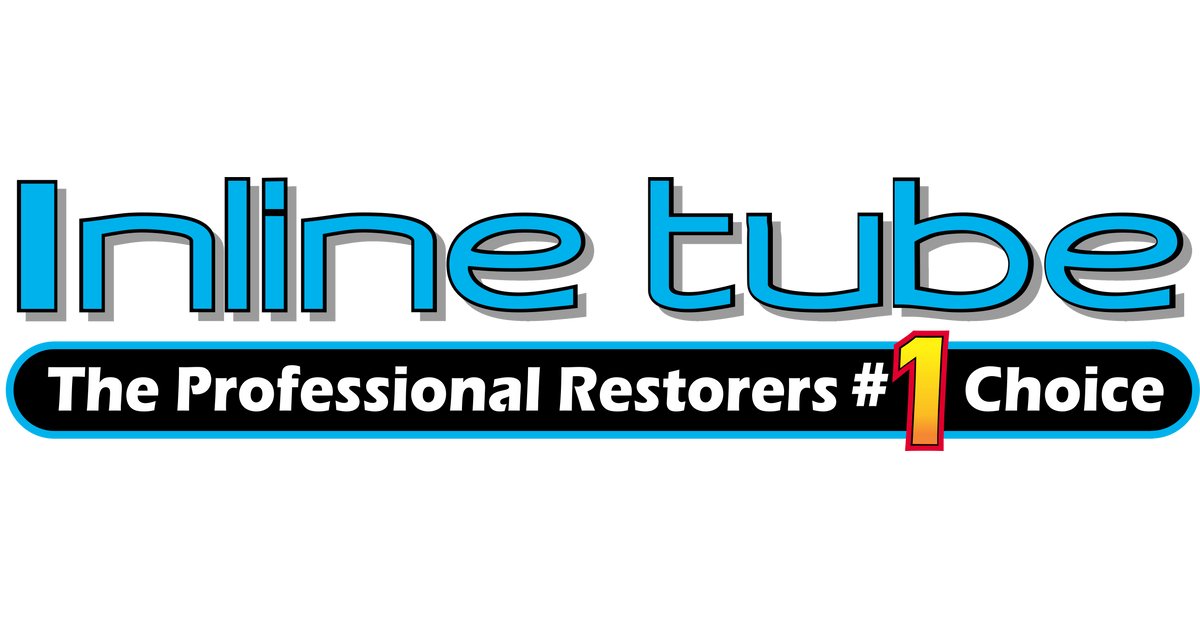I have a 350 from a 71 Corvette that needs the fuel line installed because the original owner took them off when he pulled the engine for his big block swap.
I'm looking and don't really find my answer...
What size is the fuel line from, the pump to the carburetor? The line from the tank to the pump should be the same?
The info I have found relating to stock engines is bigger engine gets a bigger line. Mine is just a stock 350. What should I be using?
Thanks!
I'm looking and don't really find my answer...
What size is the fuel line from, the pump to the carburetor? The line from the tank to the pump should be the same?
The info I have found relating to stock engines is bigger engine gets a bigger line. Mine is just a stock 350. What should I be using?
Thanks!





